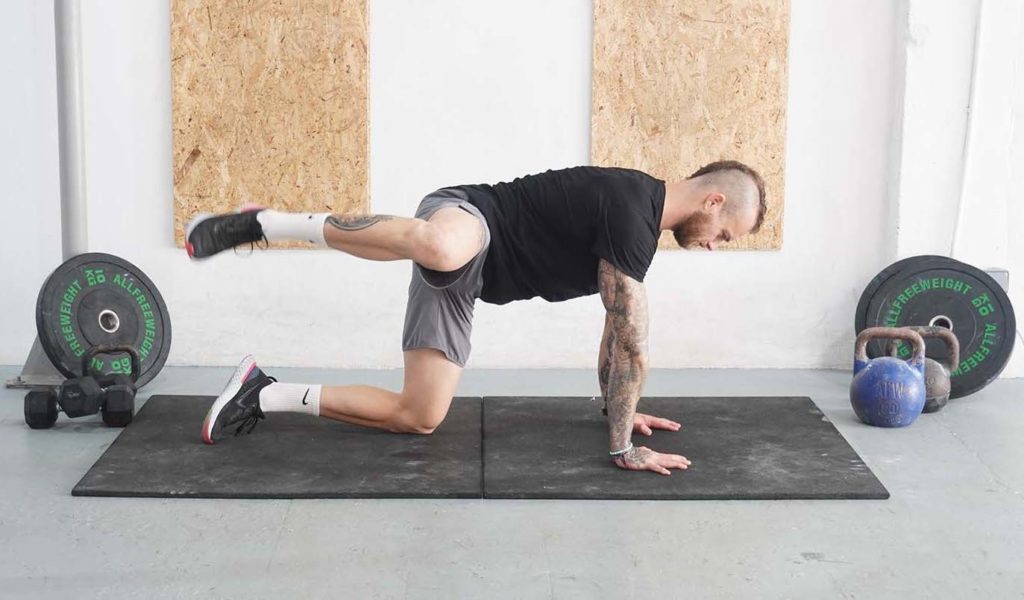Analyzing How Fire Hydrant Workout Address Your Fitness Goals
The fire hydrant exercise is a versatile and effective workout that can be tailored to address a wide range of fitness goals. Whether you’re aiming to build strength, improve mobility, enhance muscle definition, or target specific muscle groups, the fire hydrant exercise can be a valuable addition to your fitness routine.
Let’s analyze how fire hydrant workout addresses various fitness goals.
Strength building
The fire hydrant exercise primarily targets the gluteus medius and gluteus maximus muscles, which are powerful muscles in the lower body responsible for hip stability, extension, and abduction. By engaging these muscles during the exercise, you can effectively build strength in your hip and glute area. This strength can improve your overall lower body power and stability, helping you perform better in activities like running, jumping, and lifting.
Muscle definition
For those looking to enhance muscle definition and achieve a more sculpted lower body, the fire hydrant exercise can be effective. By targeting the glute muscles, you can work towards a firmer and more toned appearance in your buttocks. Proper form and controlled movements during the exercise can lead to improved muscle definition over time.
Core stabilization
While the primary focus of the fire hydrant exercise is on the hips and glutes, it also engages your core muscles. The core plays a crucial role in stabilizing your body during the movement. As you lift your leg and maintain proper alignment, your core muscles work to prevent any excessive twisting or tilting of your torso. This aspect of the exercise contributes to better core stabilization and can complement your core-focused workouts.
Hip mobility
The fire hydrant exercise involves hip abduction and external rotation, both of which contribute to improved hip mobility. Regularly performing this exercise can help enhance your range of motion in the hips, making everyday movements and other exercises more fluid. Improved hip mobility is particularly beneficial for activities that require lateral movements or changes in direction.
Functional fitness
The fire hydrant exercise mimics natural movement patterns and engages muscles that are often involved in everyday activities. Whether you’re lifting objects, climbing stairs, or simply walking, the muscles targeted by the fire hydrant exercise play a role in these movements. Strengthening these muscles can improve your overall functional fitness and make daily tasks easier.
Final words
The fire hydrant exercise offers a well-rounded approach to addressing various fitness goals. By incorporating this exercise into your fitness routine, you can work towards building a strong, functional, and balanced lower body while effectively targeting muscles that are essential for overall physical well-being.




